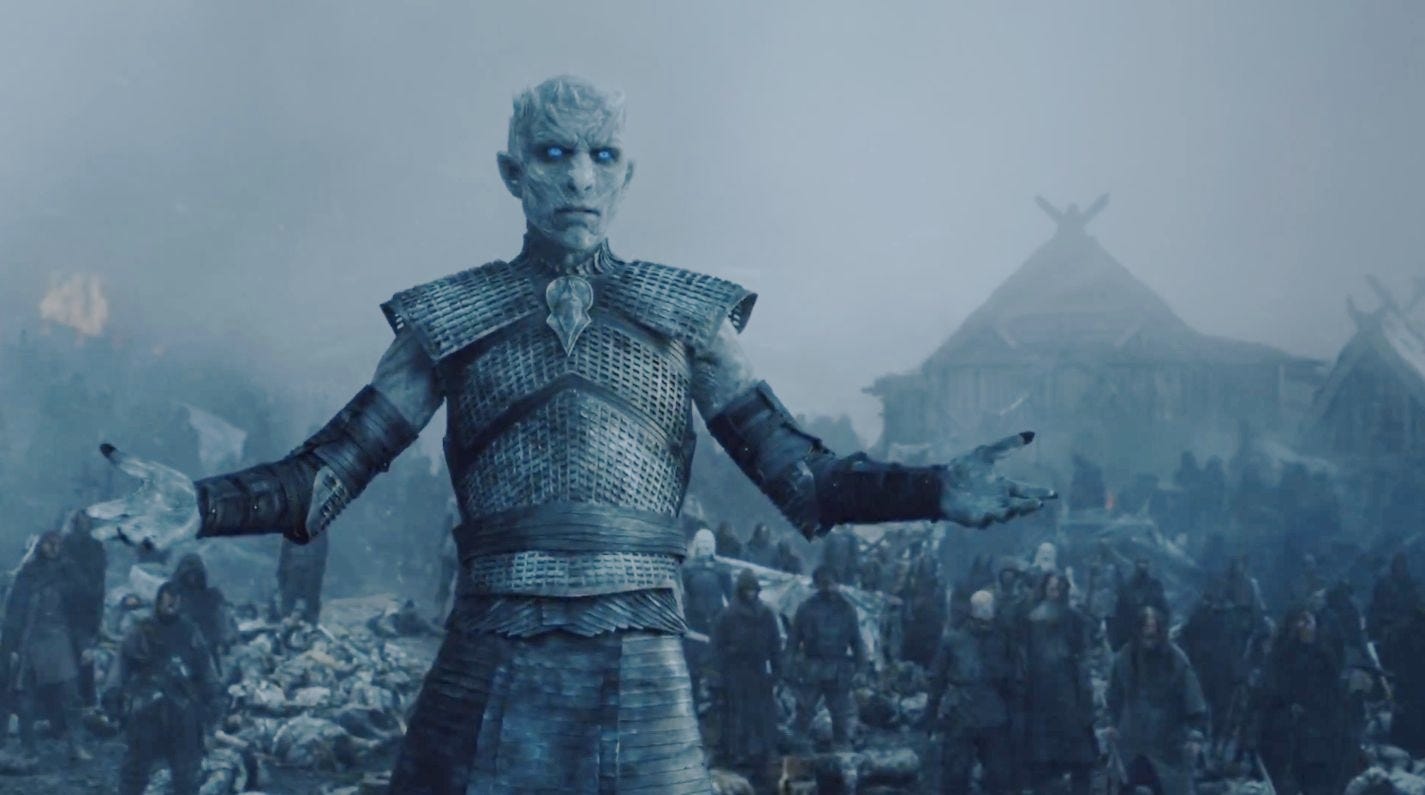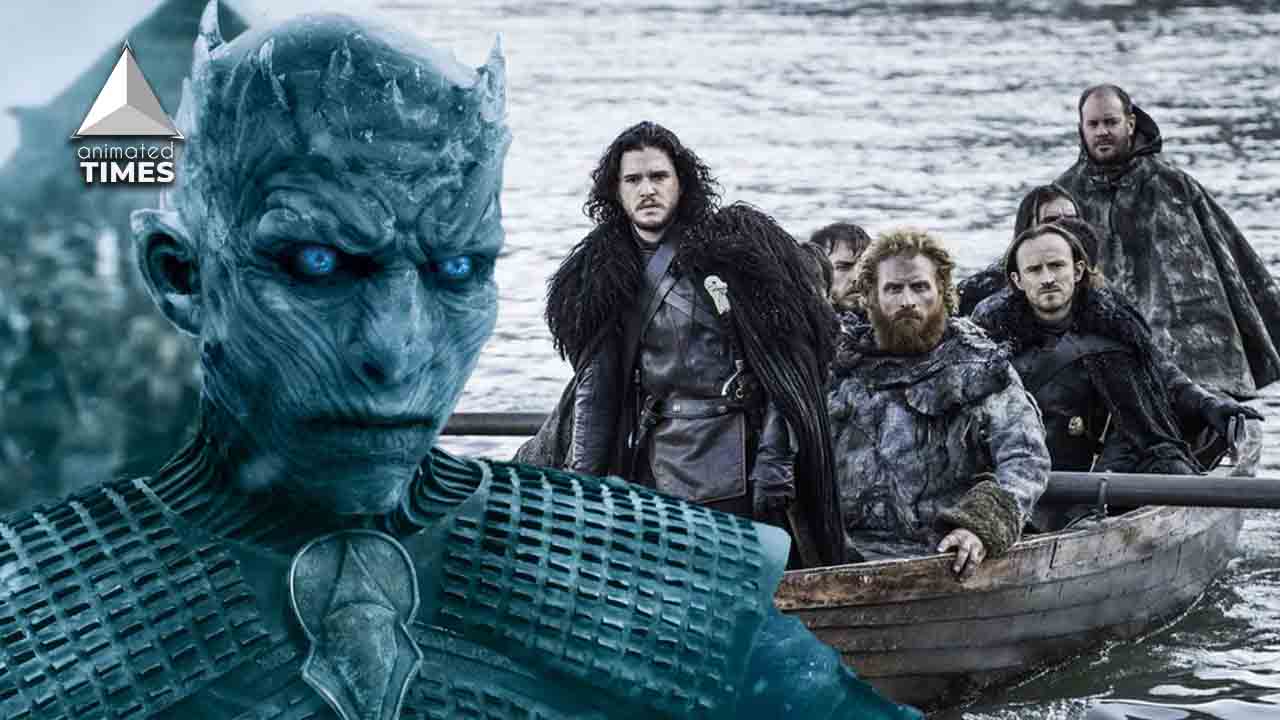Why White Walkers Weren’t Game of Thrones’ End Villain, According to LOTR
Game of Thrones’ White Walkers blew some minds by not being the story’s last antagonists. Would The Lord of the Rings be able to clarify why? Across 7 periods of blood, Game of Thrones set up for two totally different fights in its finale. For most Westeros, the battle for the Iron Throne was the conflict to put to shame all other conflicts. There were five rulers and a Dragon Queen plotting to hold onto control. A chosen handful, nonetheless, realized the genuine danger was coming from the North. Jon Snow knew something no other person knew. He knew that the Night King and his White Walkers were consistently progressing upon the living.
Season 8 Took Care Of White Walker Fight

Jon Snow spent such a long time telling that the Iron Throne would demonstrate useless even with the Night King. White Walkers wouldn’t segregate between Lannister, Stark and Targaryen. The best way to endure was putting those frivolous house quarrels to the side and cooperating against the multitude of executioner icicles travelling south. Game of Thrones’ watchers were left scratching their heads. When season 8 took care of White Walker fight first, continued the continuous piece for responsibility for most awkward seat. White Walkers were plainly the greater danger… so for what reason were people the last antagonists?
There was an enormous discussion encompassing Game of Thrones season 8. Regardless, the finale evidently came from the psyche of unique A Song of Ice and Fire creator, George R.R. Martin. However David Benioff and D.B. Weiss declined to uncover definitively which components came from Martin and which were contrived only for TV. The choice to zero in on human scoundrels as opposed to Whiting Walkers in the last episode inclines favouring previous. Tolkien wraps up his The Lord of the Rings.
Game Of Thrones Doesn’t End With The White Walkers’ Loss

It’ll astound nobody to hear that George R.R. Martin has drawn impressive motivation from Tolkien’s folklore, and specifically Return of the King’s Scouring of the Shire. A story overlooked by Peter Jackson’s film set of three, Frodo, Sam, Merry and Pippin return to the Shire in the wake of annihilating the One Ring, just to track down Saruman (supposedly “Sharkey”) has held onto control in their nonattendance, abusing the honest Hobbits. Encouraged by their undertakings, the Fellowship’s furry footed group of four lose the wizard (once more) and discharge him from the Shire, reestablishing the moving green slopes to their previous magnificence. George R.R. Martin has complimented Tolkien’s epilog-style finishing, and guaranteed in a 2015 meeting with Forbes that he was focusing on a comparable finale in his own awe-inspiring story.
This maybe clarifies why Game of Thrones doesn’t end with the White Walkers’ loss. In Lord of the Rings, Sauron is plainly a lot greater danger than Return of the King’s debilitated Saruman vanquishing a lot of curious ranchers whose thought of genuine evil is Lobelia Sackville-Baggins. Also, obviously, winning the War of the Ring is an undeniably more amazing accomplishment than recovering the Shire. However, Tolkien’s last section features Lord of the Rings’ human battle – the debasement and industrialization that transformed the charming Shire into a little Isengard. Tolkien looked to turn his story internal in the wake of managing the all-powerful, divine-level danger of Sauron and the One Ring. Round of Thrones was maybe going for something almost identical with Daenerys’ assault on King’s Landing trailing the Night King’s misfortune.





